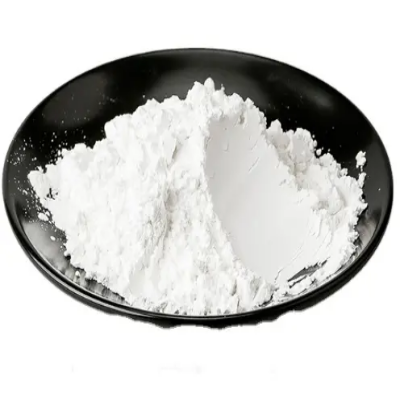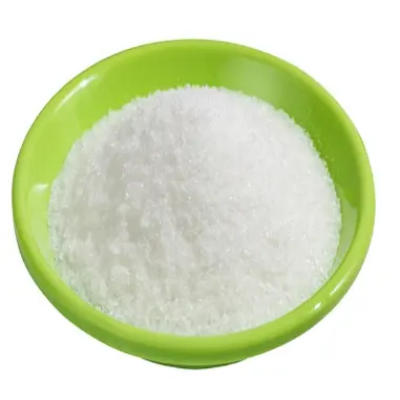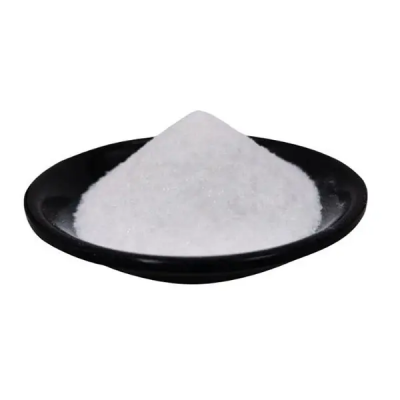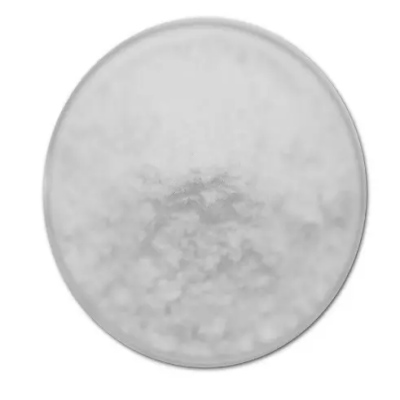Palladium(II)-ammonium chloride CAS:13820-40-1
Palladium(II)-ammonium chloride finds diverse applications across several domains, owing to its catalytic prowess and versatile reactivity. C-C Cross-Coupling Reactions: Pd(NH₃)₂Cl₂ serves as a catalyst in C-C bond formation reactions such as the Suzuki-Miyaura, Negishi, and Stille couplings. These transformations enable the synthesis of complex organic molecules with high efficiency and selectivity. Reductive Amination: In reductive amination, this palladium complex catalyzes the formation of secondary and tertiary amines from carbonyl compounds and amines, providing a versatile method for amine synthesis. Heck Reaction: Palladium(II)-ammonium chloride facilitates the Heck reaction, enabling the coupling of aryl halides with olefins to form substituted alkenes. This process is crucial in the synthesis of pharmaceuticals and agrochemicals. Hydrogenation: As a catalyst in hydrogenation reactions, Pd(NH₃)₂Cl₂ promotes the addition of hydrogen to unsaturated bonds, leading to the selective reduction of functional groups such as alkenes and alkynes. Suzuki-Miyaura Cross-Coupling: This palladium complex is instrumental in the Suzuki-Miyaura cross-coupling reaction, allowing the coupling of boronic acids with aryl halides to form biaryl compounds, widely used in material science and medicinal chemistry. Sonogashira Coupling: Pd(NH₃)₂Cl₂ catalyzes the Sonogashira coupling, facilitating the synthesis of alkynes from aryl or vinyl halides and terminal alkynes. This transformation is essential in natural product synthesis and materials science. Carbonylation Reactions: Palladium(II)-ammonium chloride is employed in carbonylation reactions, enabling the incorporation of carbon monoxide into organic substrates to form carboxylic acid derivatives and heterocycles. Allylic Substitution: This complex catalyzes allylic substitution reactions, allowing the selective modification of allylic positions in organic molecules with nucleophiles or electrophiles. In summary, Palladium(II)-ammonium chloride serves as a versatile catalyst in organic synthesis, enabling a wide array of transformations crucial for the preparation of diverse molecular structures in pharmaceuticals, agrochemicals, and materials science. Its significance lies in its ability to promote selective and efficient bond formations, contributing to advancements in synthetic chemistry.



| Composition | Pd(NH3)2Cl2 |
| Assay | 99% |
| Appearance | white powder |
| CAS No. | 13820-40-1 |
| Packing | Small and bulk |
| Shelf Life | 2 years |
| Storage | Store in cool and dry area |
| Certification | ISO. |


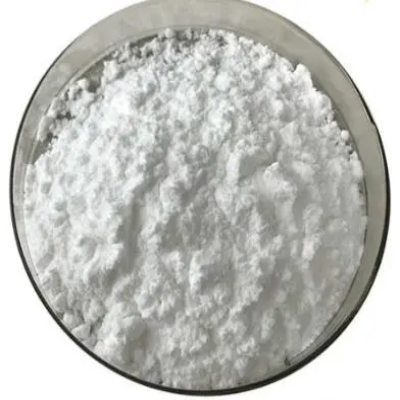
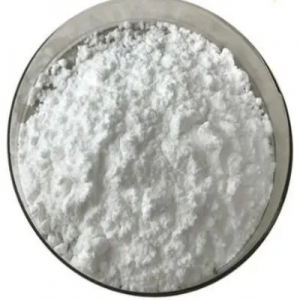
![3-Benzylimidazo[1,5-a]pyridine-1-carboxylic acid CAS:1018517-02-6](https://cdn.globalso.com/xindaobiotech/K@NIE7HBAEP6E7J7DS196.png)
